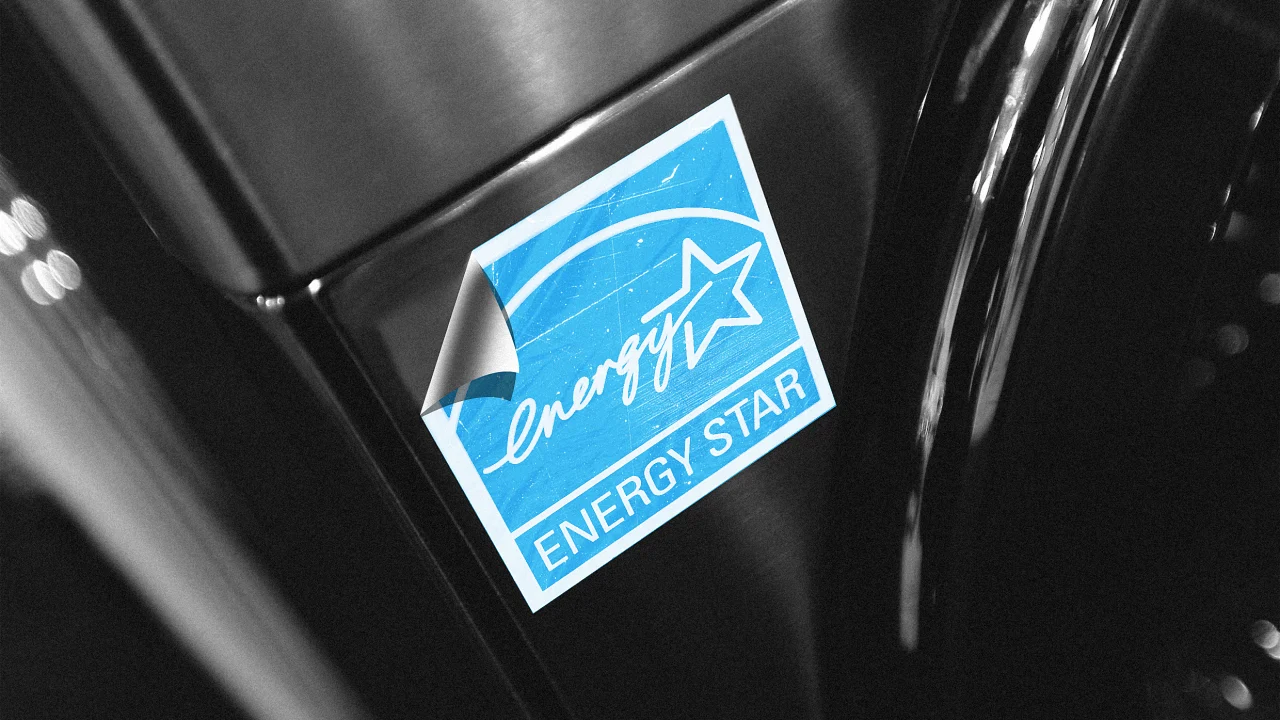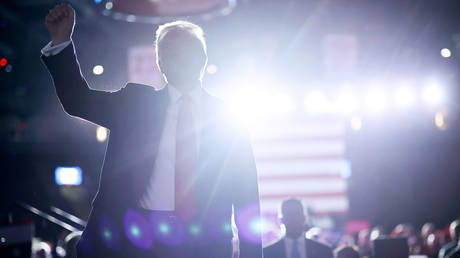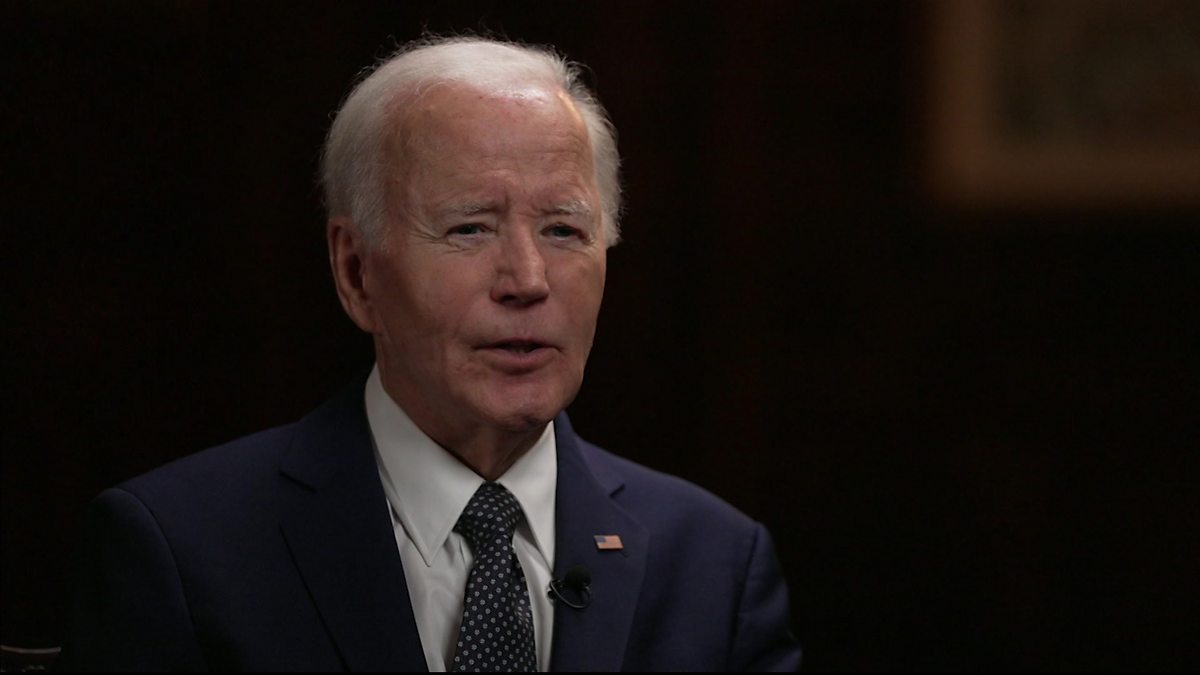Trump plans to end Energy Star. It saves Americans $40 billion on energy bills annually

If you’ve gone shopping for a home appliance sometime in the last 30 years, you’ve probably noticed a blue “Energy Star” label on certain water heaters, stoves, light bulbs, and even windows. The program, launched by the Environmental Protection Agency in 1992, helps consumers identify energy-efficient products. But now the Trump administration is planning to shut it down.
President Donald Trump has been attacking energy-efficiency measures since his return to office. In February, he said he would call on the EPA to revert to older efficiency standards for light bulbs, toilets, showers, and more. In his “Unleashing American Energy” order, Trump promised to “safeguard the American people’s freedom to choose from a variety of goods and appliances, including but not limited to lightbulbs, dishwashers, washing machines, gas stoves, water heaters, toilets, and shower heads.”
Experts say the Energy Star standards are meant to help the environment by reducing water and energy consumption; they also lower U.S. households’ energy bills. And though Trump has framed standards as limiting to consumer choice, the Energy Star program itself is voluntary, and doesn’t narrow what manufacturers can produce.
To earn the Energy Star label, products do have to meet certain efficiency standards—but the program doesn’t stop manufacturers from making items that are not considered energy efficient, or Americans from purchasing them. (Energy Star stopped recommending any gas stoves in 2022, for example, but gas stoves are still available in America.) Energy Star also points consumers toward tax credits to bring down the cost of efficient appliances.
Energy Star certifies all sorts of items, from heating and cooling (including heat pumps, ceiling fans, air conditioners, and thermostats) to appliances (like washers and dryers, dehumidifiers, dishwashers, refrigerators, and cooking products), plus water heaters, lighting, windows, and personal electronics like computers and TVs.
By certifying efficient appliances, Energy Star has helped American households and businesses avoid more than $500 billion in energy costs since its founding, per a 2023 report. With an annual budget of around $50 million—less than 1% of the EPA’s spending, the Alliance to Save Energy notes—Energy Star saves Americans $40 billion on energy bills each year.
Energy Star has also prevented about 4 billion metric tons of emissions from entering the atmosphere—equivalent to taking more than 933 million gas cars off the road for one year.
Trump considered dismantling Energy Star in his first term. His move to eliminate it now comes alongside plans to shutter the EPA’s climate change division and climate protection partnership division, sources told CNN.
Historically, Energy Star has had bipartisan support, and more than 1,000 companies, cities, and organizations have signed a letter to the EPA urging continued support for the program. Republican senators have even praised the program, The Washington Post notes, saying it helped customers reduce their energy bills.
Energy efficiency in general has strong public and bipartisan support. A March 2025 survey by Consumer Reports found that 87% of Americans agree that new U.S. home appliances should need to achieve a minimum level of efficiency (that included 94% of Democrats and 82% of Republicans).
Supporters of Energy Star add that axing the program goes against the Trump administration’s promises to lower energy costs for Americans, as well as efforts by the so-called Department of Government Efficiency to save taxpayer money.
“If you wanted to raise families’ energy bills, getting rid of the Energy Star label would be a pretty good way,” Steven Nadel, executive director of the American Council for an Energy-Efficient Economy, said in a statement. “This would take away basic information from consumers who want to choose cost-saving products easily. There’s a reason this program has been so popular with consumers and manufacturers alike.”
The Association of Home Appliance Manufacturers, which represents a variety of appliance makers, said the industry is proud of its efficiency achievements, and that Energy Star is an example of a successful private-public partnership. “AHAM supports the continuation of a streamlined Energy Star program, which could be managed through the Department of Energy,” a spokesperson added. (Energy Star is currently a joint program of the EPA and DOE.) “Moving the program to DOE would meet the administration’s goals of preserving a full selection of products from which consumers can choose, and also reducing unnecessary regulatory burden.”
What's Your Reaction?
 Like
0
Like
0
 Dislike
0
Dislike
0
 Love
0
Love
0
 Funny
0
Funny
0
 Angry
0
Angry
0
 Sad
0
Sad
0
 Wow
0
Wow
0






























































































